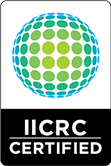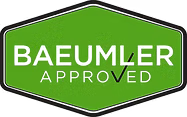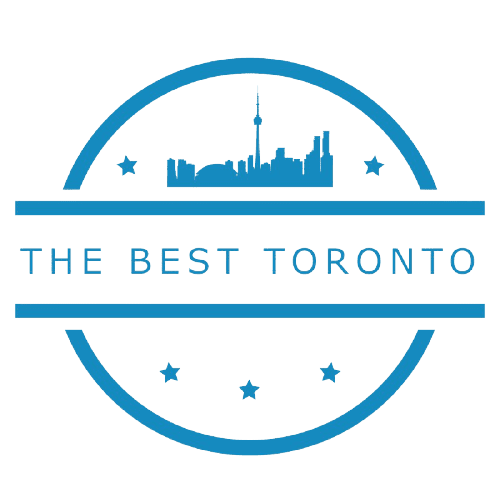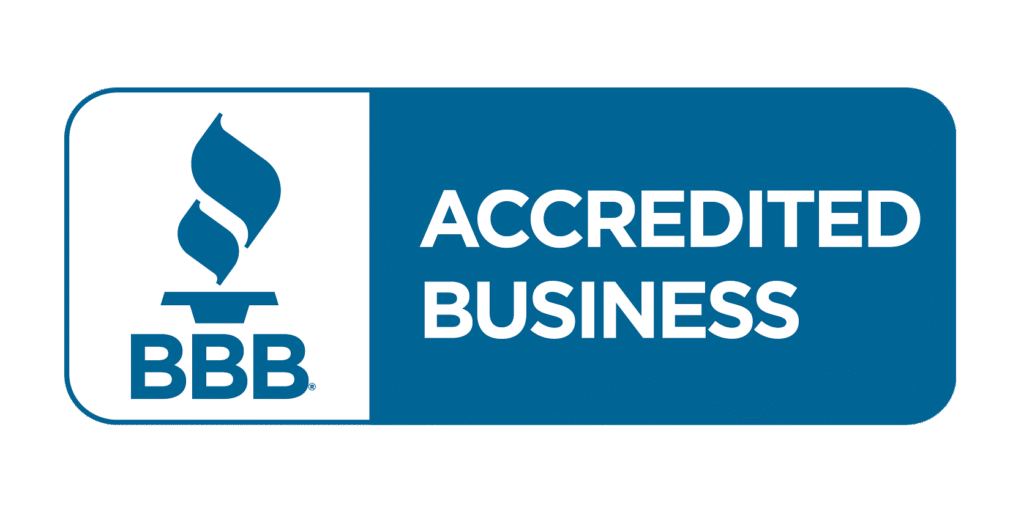Location: Etobicoke, Ontario. This article discusses the urgent need for emergency water damage & asbestos removal in an Etobicoke home.
Overview – Water Damage Etobicoke
In early 2025, CPR24 Restoration received an urgent call from a homeowner in Etobicoke, Ontario. Their upstairs bathroom washing machine had malfunctioned, flooding multiple rooms. Water had been sitting for hours, spreading quickly under walls and into the subfloor. As a result, the situation required professional water extraction, mold remediation, and asbestos removal services.
This case study highlights how we handled the emergency, protected the property, and restored the home to a safe, livable condition.
Initial Call & Inspection Water Damage Etobicoke
The homeowner contacted us after water began spreading across the hallway and master bedroom hardwood floors. Upon arrival, our IICRC-certified technicians immediately began a detailed assessment. Using thermal imaging and moisture meters, we identified significant water damage in the following areas:
- Upstairs bathroom: Severe pooling, cabinet damage, and mold growth under the vanity
- Hallway: Water had soaked the laminate flooring and moved under baseboards
- Master bedroom: Standing water had reached the bed area
- Basement: Water seeped through the subfloor, triggering concern about mold and asbestos
Because the home was older, we suspected asbestos-containing materials, especially in adhesives and drywall. We implemented immediate containment to prevent any exposure during the drying and demolition.
Phase 1: Emergency Water Extraction & Structural Drying
Our first priority was to stop the spread of water and begin the drying process. We used commercial water extractors and installed drying equipment:
- High-velocity air movers accelerated evaporation
- Large-capacity dehumidifiers reduced indoor humidity
- Moisture mapping ensured all hidden areas were drying properly
In the master bedroom, as part of the Emergency Water Damage and Asbestos Removal in Etobicoke Home project, we removed the laminate flooring and dried the exposed plywood subfloor using specialty equipment. This prevented further structural issues like mold or rot.
Phase 2: Mold Remediation
During the drying process, we discovered mold behind the vanity and along baseboards—likely from the 24–48 hours of sustained moisture. We followed IICRC guidelines in our mold remediation:
- HEPA vacuumed all surfaces to eliminate spores
- Applied hospital-grade antimicrobial treatment
- Set up containment barriers using plastic sheeting
- Used HEPA-filtered air scrubbers to control airflow and remove contaminants
These steps eliminated all visible mold and made the environment safe before asbestos abatement began.
Phase 3: Asbestos Testing & Abatement
Given the home’s age, we tested several areas for asbestos. The vinyl tile adhesive and drywall compound tested positive. As a licensed abatement provider, CPR24 initiated the following procedure:
- Established full containment zones with polyethylene sheeting and decontamination chambers
- Maintained negative air pressure with HEPA-filtered machines
- Equipped all technicians with full PPE including respirators and Tyvek suits
- Performed wet removal of ACMs, double-bagging all hazardous waste
- Conducted post-abatement clearance testing to confirm air quality
These strict procedures ensured compliance with Ontario regulations and guaranteed the safety of the space.
Phase 4: Restoration Prep & Final Steps Water Damage Etobicoke
With the space fully dried, cleaned, and abated, we prepared the home for reconstruction. Some flooring and drywall sections needed replacing due to mold or asbestos removal.
We provided the client with:
- A detailed scope of restoration work
- Full moisture and air quality documentation
- Recommendations for flooring options
- Insurance assistance and coordination support
Timeline
- Days 1–2: Water extraction, drying equipment setup, and moisture mapping
- Days 3–4: Mold remediation and demolition
- Days 5–6: Asbestos abatement and final air testing
- Day 7+: Preparation for reconstruction (completed by homeowner or hired contractor)
Results
This Etobicoke water damage case quickly escalated into a serious environmental hazard. Thanks to our rapid response and expertise, CPR24 Restoration was able to:
- Prevent long-term structural damage
- Eliminate mold and asbestos health hazards
- Restore a safe, clean living space
All work was completed by our IICRC-certified team using industry-best equipment and protocols.
Key Takeaways
- Respond quickly: Mold can grow within 48 hours of water damage
- Older homes may contain asbestos: Always test before demo
- Hire certified professionals: Proper handling of mold and hazardous materials is critical
- Keep documentation: Helps with insurance and health inspections
Summary
CPR24 Restoration proudly offers expert water damage restoration and asbestos removal services in Etobicoke and throughout the GTA. Whether you’re dealing with a flooded bathroom, sudden mold growth, or hazardous materials like asbestos, our IICRC-certified technicians are ready to respond quickly and effectively. Moreover, we combine fast action with reliable workmanship to ensure your property is restored safely and thoroughly. In cases of emergency restoration in Etobicoke, you can confidently trust CPR24 to safeguard your home and health through the use of top-tier equipment, well-established processes, and full support with insurance claims.
At CPR24 Restoration, we understand that water damage and asbestos exposure require immediate attention. Because of this, we offer 24/7 emergency response services throughout Etobicoke and the GTA. In addition to water extraction, our team handles mold remediation and asbestos removal with precision and care. Furthermore, we follow IICRC-certified protocols to ensure every project meets the highest industry standards. As a result, homeowners can trust us to restore their property quickly, safely, and efficiently. Ultimately, our goal is to minimize disruption, protect your health, and guide you confidently through the restoration process—from initial assessment to final insurance support.















